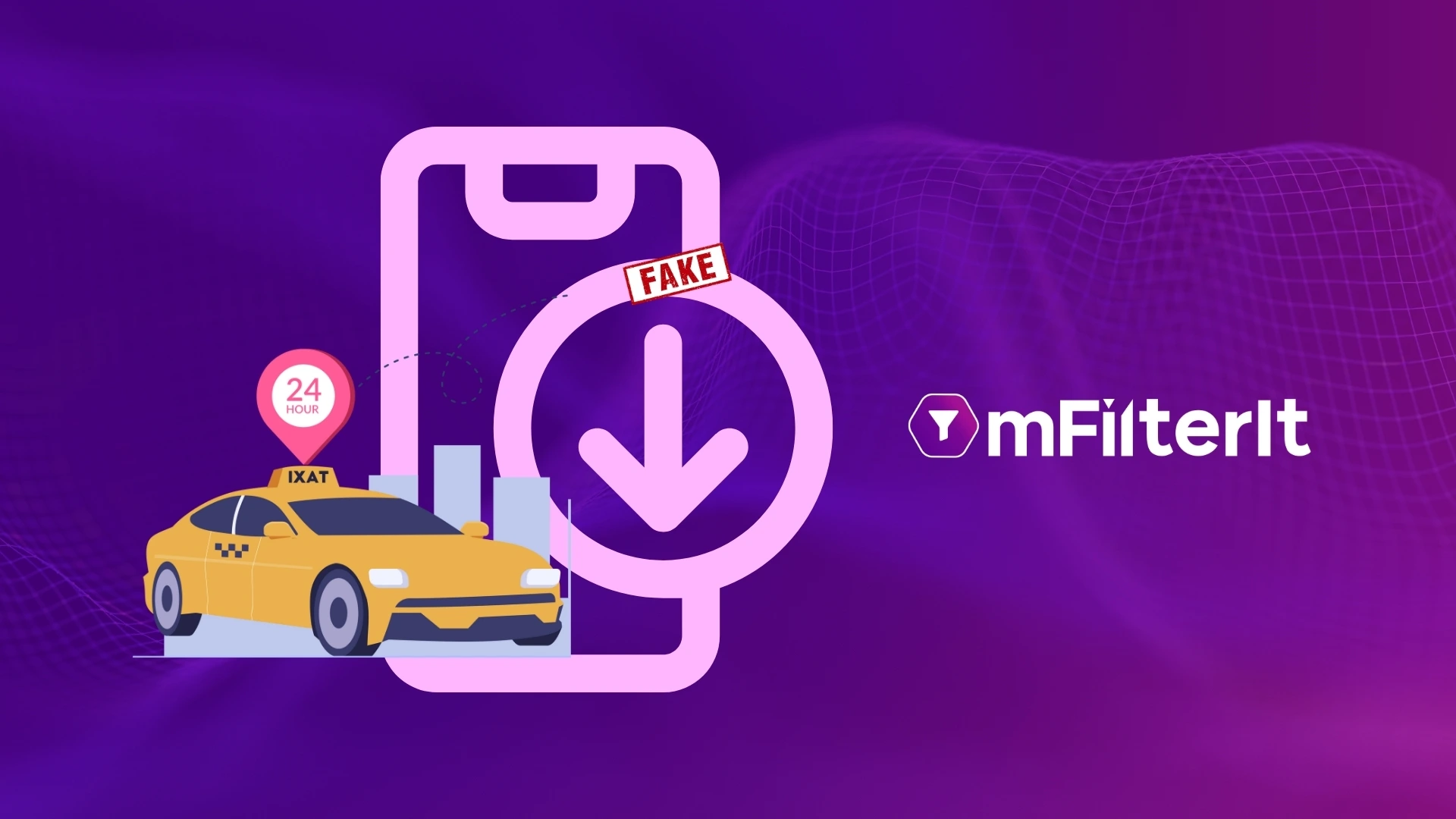Every performance marketer running a user acquisition campaign has the same goal – to increase the number of app installs and lower CPI. But often, the post-install metrics don’t match what campaign dashboards show.
Despite high marketing spends, performance looks inflated and unpredictable. The numbers eventually stop making sense due to low engagement and poor retention. And this usually means one thing: you’re acquiring installs, but not real users.
This gap between installs and engagement clearly indicates mobile ad fraud – deceptive tactics used to manipulate mobile advertising campaigns and post-install metrics. A threat that eats into budgets even before marketers notice.
That is why, while chasing installs, it is also important for marketers to ensure those installs are not the work of bots, click farms, or devices mimicking real behaviour, but real active users.
In this article, we will talk about mobile ad fraud, how it impacts user acquisition campaign performance, and how an app traffic validation solution solves the problem using a real-case example of one of the leading MENA region ride-hailing platforms.
The Hidden Problem Behind ‘Successful’ Campaigns
Mobile app fraud doesn’t always look suspicious. It hides behind glowing campaign reports and conversion metrics, until looked into carefully.
Fraudsters use various hard-to-detect techniques to manipulate CAC, inflate ROI metrics, and drain advertising budgets. The problem becomes worse in affiliate-driven campaigns, where marketers rely on multiple partners and traffic sources, each claiming their share of conversions.
Here are some of the common types of mobile ad fraud techniques you need to watch for:
1. Click Spamming
Fraudsters send a large number of fake clicks hoping to get credit when a real user installs the app later. It inflates click numbers and hijacks attribution.
2. Click Injection
This happens when malicious apps detect new installs and inject fake clicks just before the install completes, stealing credit from genuine sources.
3. Fake Installs or Bot Installs
Automated bots or emulators install apps to simulate user growth, wasting spend and polluting engagement data.
4. SDK Spoofing
Fraudsters manipulate app SDKs to generate fake in-app events, such as signups or purchases, without any real user activity.
5. Device Farms
Groups of physical or virtual devices repeatedly install and uninstall apps to mimic new users, tricking campaigns into paying for fake conversions.
Each of these tactics has a different method, but the result is always the same – invalid traffic, invalid app installs, wasted spend, and misleading data.
So, if you notice installs rising in your campaigns but not matching the engagement metrics, you might be paying for bots, not buyers.
Case in Point: How We Detected Mobile Ad Fraud for a MENA Region Ride Hailing App
One of the leading ride-booking app platforms in MENA was aggressively scaling across ad networks and affiliate channels. Their goal was to acquire new users and expand its rider and driver base rapidly.
While running campaigns, everything looked promising at first. Installs were growing fast, and campaigns were delivering with high conversions. But the post-install activity told a different story; many new users never completed their first ride.


Here’s what they discovered during the app traffic audit:
- Over 60% of installs were invalid, driven largely by click spamming and fake devices.
- Fake in-app events, such as ride completions and referrals, were skewing engagement metrics.
- Rogue publishers were inflating performance numbers to claim payouts.
- Lack of visibility across diverse fraud types and evolving attack patterns.
The result? Wasted marketing spend, misleading reports, declining ROI, and the problem spread across the full user journey.
After recognizing the intensity of budget leak, the team decided it was time to clean the funnel from the top to bottom.
Deploying App Traffic Validation: Cleaning the Funnel & Focusing on Real Users
To rebuild visibility and trust, we helped the ride-hailing platform implement AI-driven traffic validation across the entire user acquisition funnel, from the first click to in-app events.
Using our AI-ML-based advanced app traffic validation solution – Valid8, we helped them monitor traffic in real-time, right from the moment a user clicks on an ad, installs the app, to when they start booking rides or referring friends. With AI and behavioral intelligence, we helped them analyze device environments, traffic sources, and user behavior to flag anomalies and separate genuine users from fraudulent ones, such as automated ride completions or fake referrals.
As a result, the marketing team could finally see which partners were driving genuine users, and within three months:
- Install fraud dropped by more than 20%, from 61.37% in March to 38.29% in May.
- Fake event fraud activity declined sharply after validation filters were applied, particularly post-April, following stricter validation measures for SDK manipulation and event spoofing.
- Budgets were reallocated toward verified, high-quality sources.


Therefore, the platform gained end-to-end visibility and control, across campaign management, faster partner optimization, and long-term user base quality enhancement.
The Impact: Real Data, Real Users, Real Growth
The deployment of mFilterIt’s app traffic validation and app fraud detection solution brought about significant improvements in both the quality of traffic and the overall campaign performance for the ride-hailing app.
By validating every user at both the install and event stages, the platform was able to shift from a reactive to a proactive fraud prevention approach. Media spends became more efficient, with budgets redirected away from low-quality sources and toward high-performing channels. Moreover, reporting clarity improved, with daily fraud insights and publisher-wise diagnostics building stronger trust across internal marketing, analytics, and leadership teams.
Validated insights also helped rebuild confidence across departments, marketing, analytics, and leadership.
The brand was no longer just acquiring users; it was acquiring verified users who truly interacted with the app, leading to better retention, improved ROI, and stronger customer trust.
Takeaways for App Marketers
Every marketer aims for growth and numbers, but real growth depends on users. If MENA’s case study hits the relatable chord, here’s what you should remember:
- Don’t measure success by installs alone. Track the entire funnel from installs to events to engagement and retention to spot inconsistencies early.
- Validate your traffic regularly. Examine device IDs, IP clusters, and post-install event fraud patterns for anomalies.
- Hold partners accountable. Demand transparency, data-level visibility, and avoid paying for unverified traffic.
- Invest in user quality, not just scale. The most successful apps focus on verified installs and authentic engagement.
Because growth is about getting the right installs, and with the right app traffic validation solution in place, every campaign decision becomes smarter.
Don’t let fake traffic define your performance. Discover how mFilterIt empowers you to detect, prevent, and eliminate app fraud across every stage of the funnel.
Get in touch with our experts today.
Author
-

Decoding complex digital challenges like ad fraud, brand safety, brand protection, and ecommerce intelligence for brands to help them advertise fearlessly.



